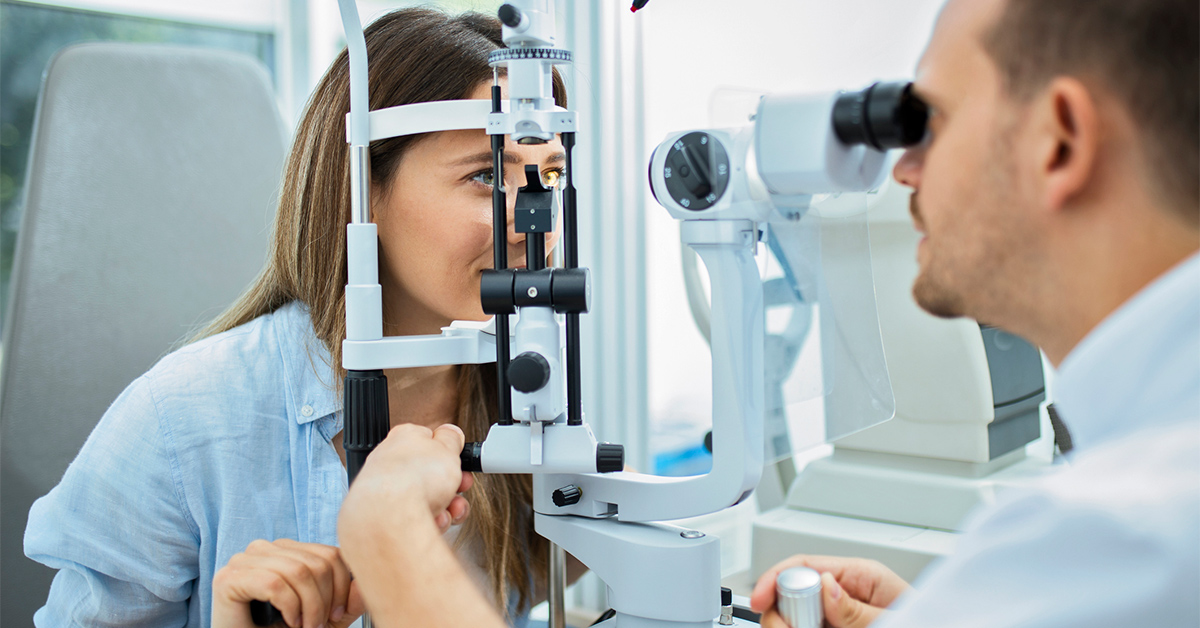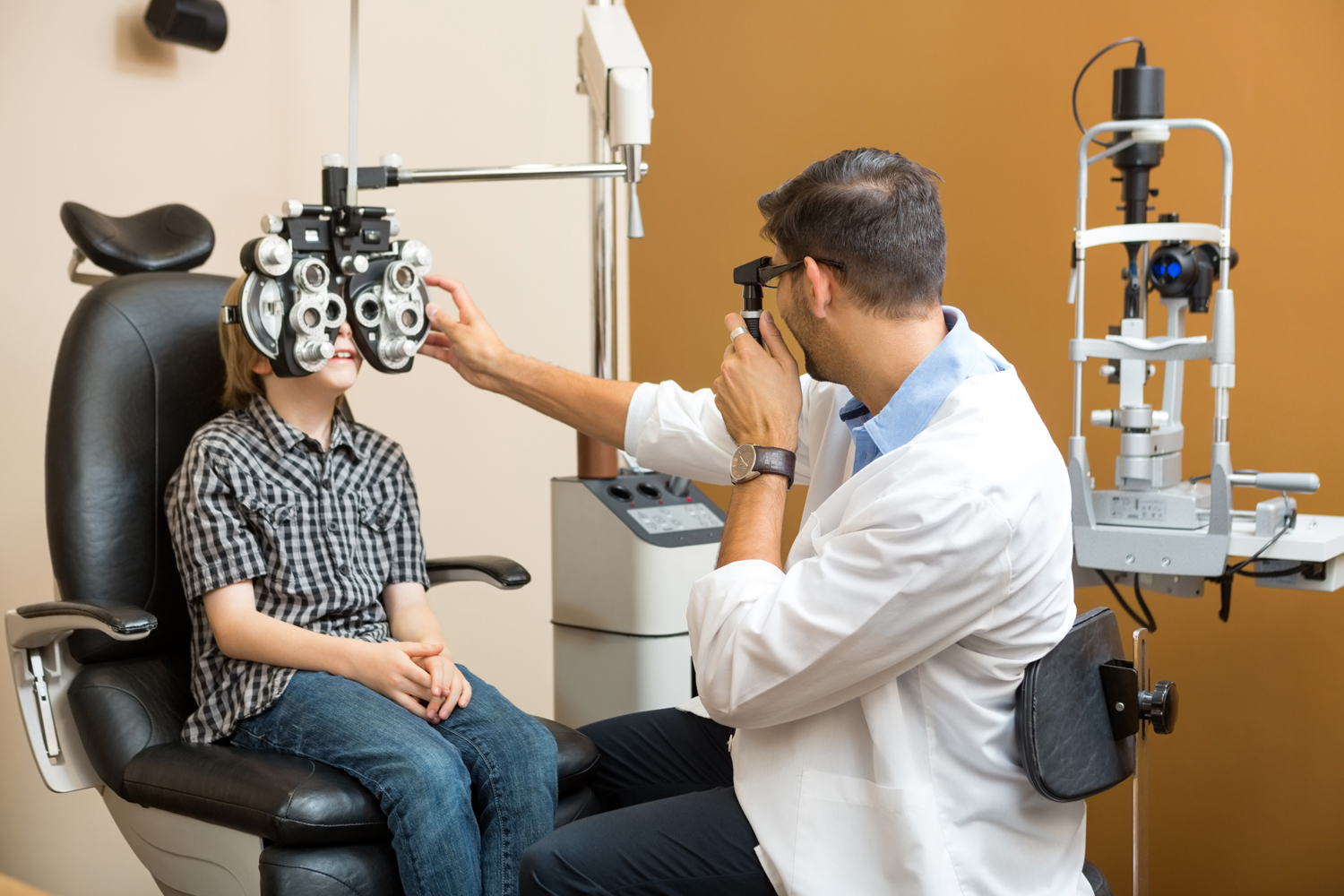The Importance of Regular Exams with an Eye Doctor Optometrist
The Importance of Regular Exams with an Eye Doctor Optometrist
Blog Article
Discovering the most recent Technological Developments in Optometry and What They Mean for Optometrists
From the accuracy of Optical Coherence Tomography to the nuanced insights used by AI-driven analysis tools, these advancements are establishing brand-new standards in client analysis and therapy. As these improvements penetrate the technique, eye doctors are faced with the obstacle of welcoming these devices to improve person outcomes.
Advancements in Diagnostic Devices
Progressing the area of optometry, advancements in analysis devices have revolutionized the method eye care specialists analyze and identify eye problems and aesthetic impairments. The previous decade has observed considerable technological advancements, making it possible for even more detailed and accurate evaluations.
One more trick development is the intro of sophisticated corneal topography systems, which map the surface area curvature of the cornea with accuracy. These tools are particularly valuable for fitting get in touch with lenses and identifying corneal disorders. In addition, digital retinal imaging has actually transformed standard ophthalmoscopy, supplying comprehensive, panoramic sights of the retina that facilitate extensive aesthetic examinations.
The development of wavefront aberrometry has likewise been vital, allowing the evaluation of refractive mistakes with unmatched accuracy (Opticore Optometry). This modern technology assists in personalizing restorative lenses and boosting medical end results for refractive surgical procedures. Collectively, these analysis innovations encourage eye doctors to deliver exceptional individual treatment, making sure very early treatment and customized treatment methods, ultimately improving visual health outcomes
AI in Person Administration
Structure on the foundation of cutting-edge diagnostic devices, the unification of man-made knowledge (AI) in individual management represents a transformative leap for optometry. AI systems are increasingly employed to boost effectiveness, precision, and personalization in person treatment. By evaluating huge quantities of data, AI can recognize patterns and anticipate prospective eye conditions, making it possible for eye doctors to customize treatments much more successfully. This ability is vital in handling persistent eye conditions such as glaucoma and diabetic retinopathy, where very early detection and continuous monitoring are crucial.
Moreover, AI-driven platforms promote streamlined person interactions and management procedures. Automated organizing, online consultations, and individualized follow-up plans not just boost patient satisfaction yet also enhance time monitoring for professionals. These systems can triage patients based on the necessity of their problems, ensuring that those in critical need obtain timely attention.
Moreover, AI improves decision-making by providing optometrists with evidence-based suggestions and treatment pathways. By integrating data from digital wellness records, AI tools provide insights that educate clinical decisions, decreasing the threat of mistakes and boosting patient end results. As AI remains to progress, its duty in patient monitoring will likely expand, reshaping the landscape of optometric care.
Developments in Retinal Imaging
In the realm of optometry, retinal imaging has experienced remarkable technical improvements that are boosting analysis capabilities and individual care. Technologies such as Optical Coherence Tomography (OCT) and fundus photography have actually revolutionized exactly how optometrists analyze the retina and visualize. OCT, specifically, gives high-resolution, cross-sectional images of the retina, enabling the detailed examination of its layers. This capability is indispensable for early discovery and monitoring of conditions like glaucoma, diabetic retinopathy, and age-related macular deterioration.
Improved imaging techniques like OCT angiography are further refining diagnostic accuracy. This non-invasive method maps blood flow in the retina, using vital insights into vascular health and wellness without the requirement for dye shots. In addition, adaptive optics technology is being integrated into retinal imaging systems to remedy ocular aberrations, delivering unmatched image quality. Such innovations help with the recognition of min retinal changes that might symbolize disease development.
Additionally, advancements in expert system are increasing retinal imaging by allowing automatic analysis of large datasets. These systems aid eye doctors in identifying patterns a sign of pathology, thereby enhancing diagnostic accuracy and efficiency. Collectively, these innovations are transforming retinal imaging right into a cornerstone of contemporary eye care, boosting outcomes and expanding healing possibilities.
Teleoptometry's Growing Duty
Teleoptometry is significantly becoming a crucial part of eye treatment, driven by developments in digital interaction and diagnostic devices. As optometry welcomes electronic transformation, teleoptometry assists in remote examinations, enabling eye doctors to prolong their solutions past typical boundaries. This is especially helpful in underserved and rural locations where access to specialized eye care is usually minimal. By leveraging high-resolution video clip conferencing and progressed retinal imaging, optometrists can perform extensive eye examinations from afar, ensuring timely diagnosis and therapy.
The assimilation of expert system (AI) more improves teleoptometry, making it possible for the evaluation of visual information and assisting in the detection of ocular problems such as glaucoma and diabetic person retinopathy. AI-powered algorithms can swiftly analyze complex imaging data, giving eye doctors with beneficial understandings that strengthen clinical decision-making.
Furthermore, teleoptometry supports connection of treatment with seamless assimilation with electronic health and wellness documents (EHRs), enabling optometrists to maintain detailed client backgrounds. When seeking advice from with various professionals., this ensures that clients receive regular and individualized care also.
In spite of these advantages, difficulties continue to be, including making sure information protection and handling person expectations. Teleoptometry stands for a considerable stride in the direction of more easily accessible, effective, and patient-centered eye treatment. As innovation evolves, its role is positioned to broaden additionally.

Future Fads in Eye Care
A myriad of cutting-edge fads is set to reshape the future of eye treatment, driven by technological innovations and the advancing demands of patients. One significant trend is the integration of expert system (AI) in diagnostics, which guarantees to enhance the accuracy and effectiveness of eye examinations. AI algorithms can evaluate vast quantities of data from retinal pictures, possibly identifying conditions like diabetic retinopathy and glaucoma earlier than typical approaches.
Additionally, customized medicine is obtaining grip in optometry, with hereditary testing informing Website tailored therapy plans. This method aims to optimize client outcomes by customizing interventions to specific hereditary accounts. Wearable modern technology, such as smart call lenses, is likewise coming up, supplying real-time monitoring of intraocular stress or glucose degrees, therefore providing continual understandings right into systemic and ocular wellness.
The adoption of augmented truth (AR) and online truth (VR) in training and individual education is an additional arising pattern. These technologies use immersive experiences that can this hyperlink improve understanding and abilities both for people and eye doctors. As these trends develop, optometrists need to remain abreast of technical developments to supply advanced care, ensuring improved client end results and satisfaction in the dynamic landscape of eye treatment.
Conclusion

Jointly, these diagnostic innovations equip optometrists to supply remarkable client care, making sure very early treatment and customized therapy techniques, more tips here inevitably enhancing visual health and wellness outcomes.

As these modern technologies proceed to advance, optometrists should adjust and incorporate them right into practice, eventually enhancing workflow performance and elevating the standard of eye care provided to patients.
Report this page